When fires broke out in Slovenia in July 2022, the EU’s Civil Protection Mechanism sprang into action. EU satellite mapping helped determine the progression and direction of the fires, and firefighters flew in from a nearby base in Croatia.
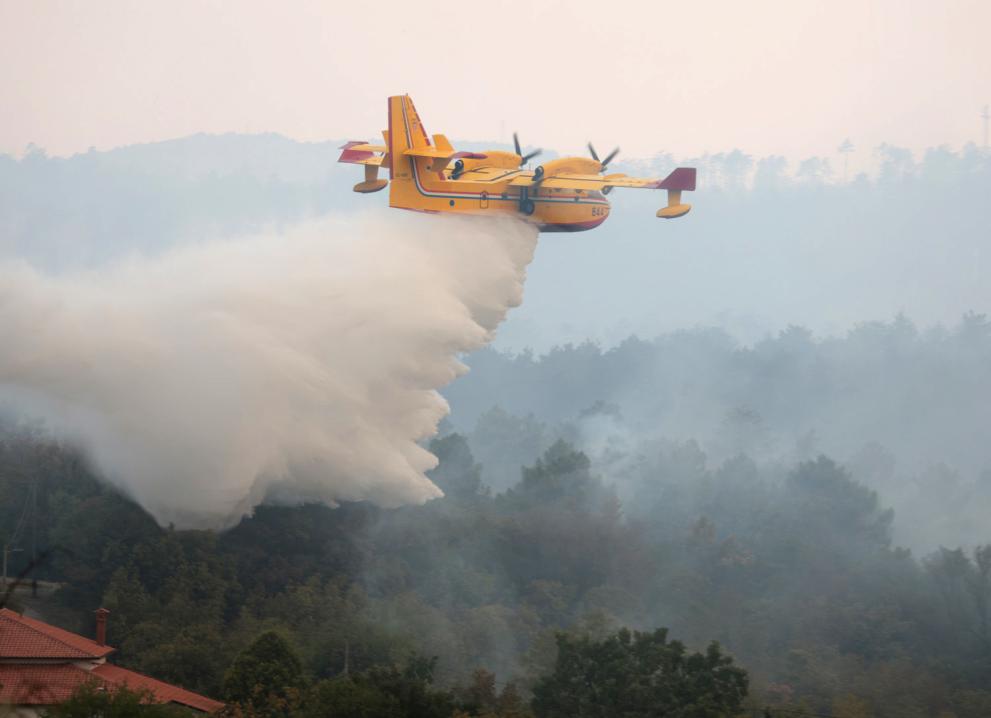
Climate change causes unpredictable and extreme weather. In 2022, Europe suffered droughts, thousands of heat-related deaths and an increased risk of wildfires burning out of control. Even countries that don't usually experience wildfires, like Slovenia, were at risk.
Satellite data and modelling showed an elevated risk of wildfires in Slovenia. When fires did break out, national authorities recognised that they couldn’t tackle the blaze alone and called for help.
Thanks to EU-financed rescEU capacities, special Croatian firefighting aircraft stationed nearby were quickly alerted and directed to help control the flames.
Information is key
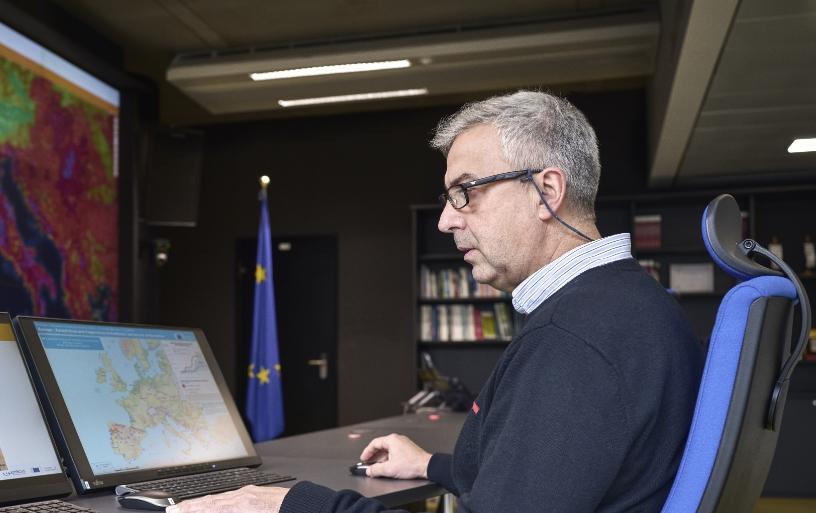
Jesús San-Miguel-Ayanz is the leader of the European Forest Fire Information System (EFFIS) and Global Wildfire Information System (GWIS) teams at the EU’s science service in Ispra, Italy.
Experts like him use satellite data to monitor factors that lead to more intense fires, such as temperature, lack of rainfall, vegetation dryness, and wind speed.
“The information we provide lets countries know what their situation is. They can then allocate resources based on the level of fire danger, which we provide up to 10 days in advance,” explains San-Miguel-Ayanz.
Countries use this information to prepare their firefighting teams and equipment. They also use it to decide whether they need to call for help from the EU’s Emergency Response Coordination Centre (ERCC), which coordinates the delivery of assistance from the 27 EU countries and 8 participating states in the EU Civil Protection Mechanism.
When Slovenia decided they needed help to tackle the fires, they activated the Mechanism. Thanks to the rescEU firefighting plane stationed in Croatia, pilot Igor Mindoljević and his team acted quickly, which is very important when dealing with rapidly spreading fires.
Flying to the rescue
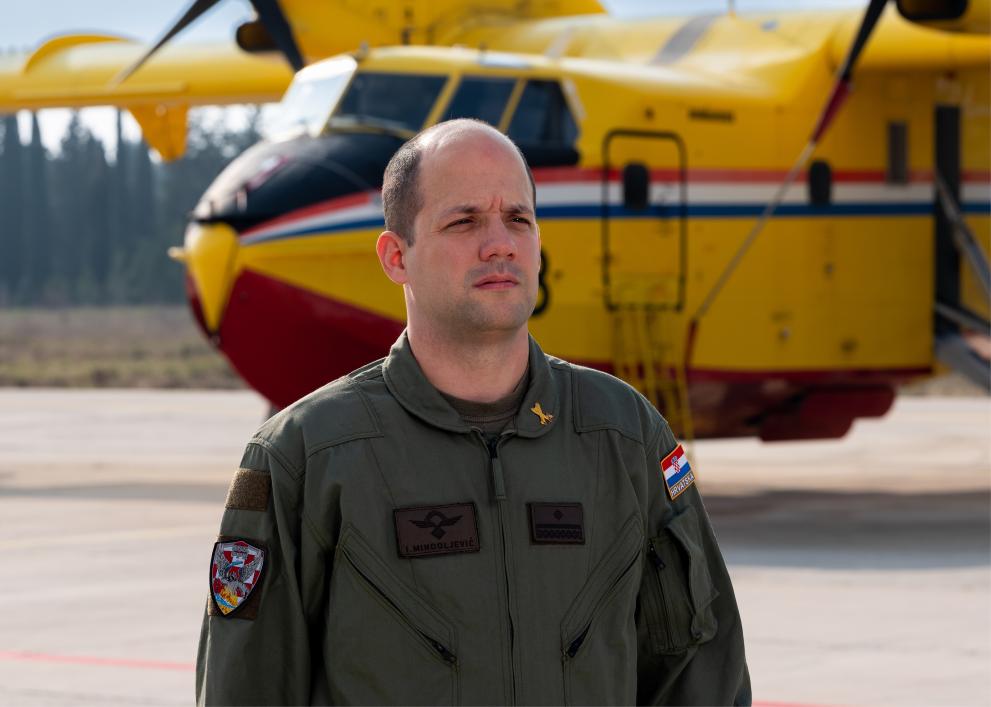
“When you receive an order for a firefighting mission, your first responsibility is to collect all relevant data for that particular mission: the geographical location of the fire, potential water-scooping areas, and weather conditions,” explains Mindoljević, who has been a member of the Croatian Air Force’s Firefighting Squadron since 2012.
While the fires in Slovenia were burning, staff at the ERCC collected data from various sources including EFFIS and coordinated with firefighting teams across Europe to ensure a well-organised and rapid response.
In Croatia, the Ministry of the Interior, Civil Protection Directorate, is the focal point for coordination with the ERCC and the main coordinating body for rescEU.
EU cooperation through the EU Civil Protection Mechanism gives countries with no aerial firefighting assets a tool to fight wildfires. The rescEU fleet, which is part of the Mechanism, is becoming more and more important
Preparing for the future
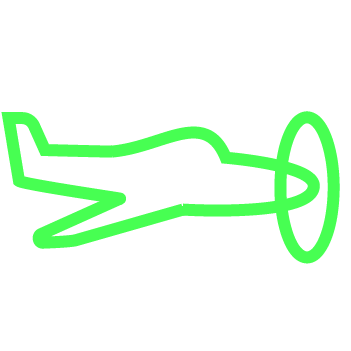
new light aircrafts in 2023

new helicopters in 2023

firefighting capacity in 2023
During the 2022 fire season in Europe, the EU Civil Protection Mechanism was activated 11 times, mobilising 33 planes, 8 helicopters, and around 350 firefighters and other types of support for tackling wildfires.
The future will only be hotter, with unusual and unprecedented weather events.
To ensure that we can respond to the growing risk of wildfires, forecasting systems such as EFFIS will continue to improve, and the EU will strengthen its firefighting resources.
Ahead of the 2023 wildfire season, the EU is already planning to double its rescEU firefighting capacity with up to 12 additional light aircraft and 3 new helicopters.
Discover more stories
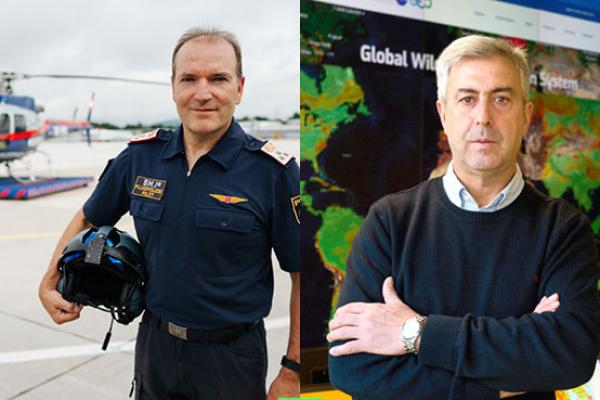
When fires broke out in Slovenia in July 2022, the EU’s Civil Protection Mechanism sprang into action. EU satellite mapping determined the progression and direction of the fires and Austrian helicopter pilot Josef Samonig used this to decide where to focus his firefighting efforts.
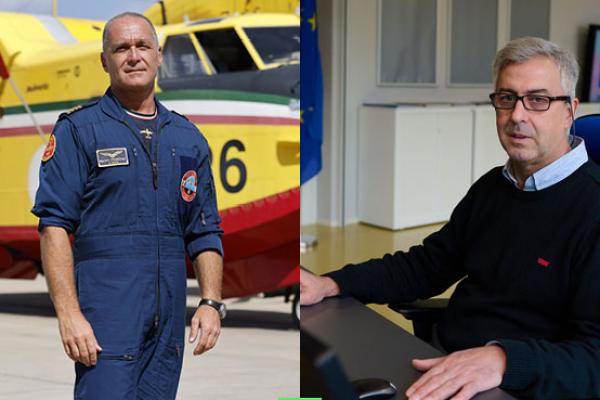
When wildfires broke out in Germany’s Harz National Park in September 2022, German authorities called on the EU’s Civil Protection Mechanism to help save the forest. Aided by EU’s satellite data, Italian pilot Martino Franchini flew in to help fight the blaze.
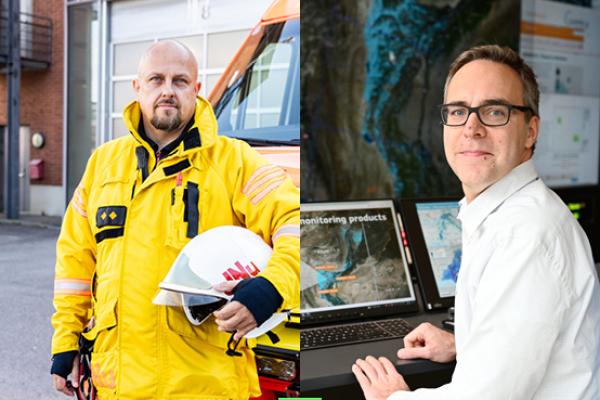
When floods in Pakistan washed away roads and made travel treacherous, authorities asked for help from the EU Civil Protection Mechanism. Guided by the EU’s satellite maps, Finnish logistics expert Juuso Nummela helped ensure life-saving aid arrived where it was needed most.
